A simple question on Excel VBA: If "Sheets" object is a collection, why the following sentence returns false? (entered at the Inmediate panel)
debug.print TypeOf Sheets Is Collection
Falso
I have discovered it because I made a function that takes a Collection as parameter. The function works with variables that I have declared as Collection, but doesn't work with other collections (such as Sheets collection).
Perhaps VBA is failing in inheritance and/or polymorphism?
Edit: As JosieP and mehow have explained, the Sheets collection doesn't inherits from the Collection class/interface, so it is not a Collection, and can't be used polymorphically as a Collection.
So now the question is: Why Sheets isn't a subclass of Collection? Why they haven't inherited from Collection? It should be a piece of cake, given the methods/properties already implemented into Sheets. As I can see, the Collection class/interface only requires 4 methods:
Add
Count
Item
Remove
And Sheets already implements 4 similar methods/properties:
Add
Count
Item
Delete
So the mapping would be trivial. They could have converted Sheets collection into a Collection easily.
Edit 2: I thank mehow for the suggestion on asking MS, but I won't do it, since they will probably say "it is not a design bug, it is a feature" :). More food for thinking: Run the following code in a new workbook:
Sheets.Add.name = "sh2"
Sheets.Add.name = "sh3"
Dim col As Collection
Set col = New Collection
col.Add Sheets(1)
col.Add Sheets(2)
col.Add Sheets(3)
For Each ele In col
Debug.Print "ele in col: " & ele.name
Next ele
For Each ele In Sheets
Debug.Print "ele in Sheets: " & ele.name
Next ele
It is strange to me that both "col" and "Sheets" can be iterated the same way, with a "for each" loop, but they don't share a common interface. If I had to design the classes, the hierarchy would be:
iIterable (interface)
|
|
iCollection (interface)
/ \
/ \
/ \
Collection cSheets (classes)
and Sheets would be an object (instance) of cSheets class.
In this way, the function I made (that currently takes a Collection parameter), would take a iCollection parameter, so it could work both with a Collection instance and with Sheets.
